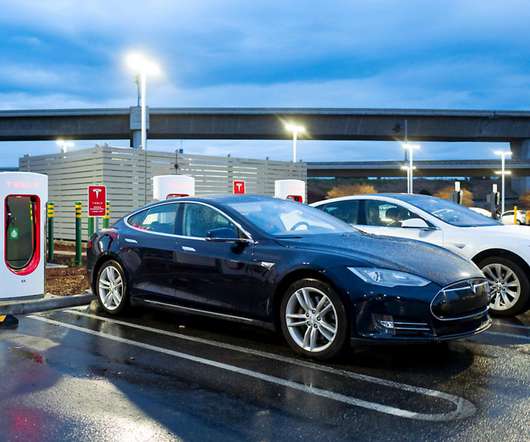Trillium CNG expands offerings to include hydrogen fueling
Green Car Congress
FEBRUARY 8, 2018
Trillium CNG, a leading US provider of compressed natural gas (CNG) vehicle fueling facilities and part of the Love’s Family of Companies, will design, build and maintain hydrogen fueling stations. Each alternative fueling source has its own set of benefits, and we want to meet the needs of our customers in as many ways as possible.
























Let's personalize your content